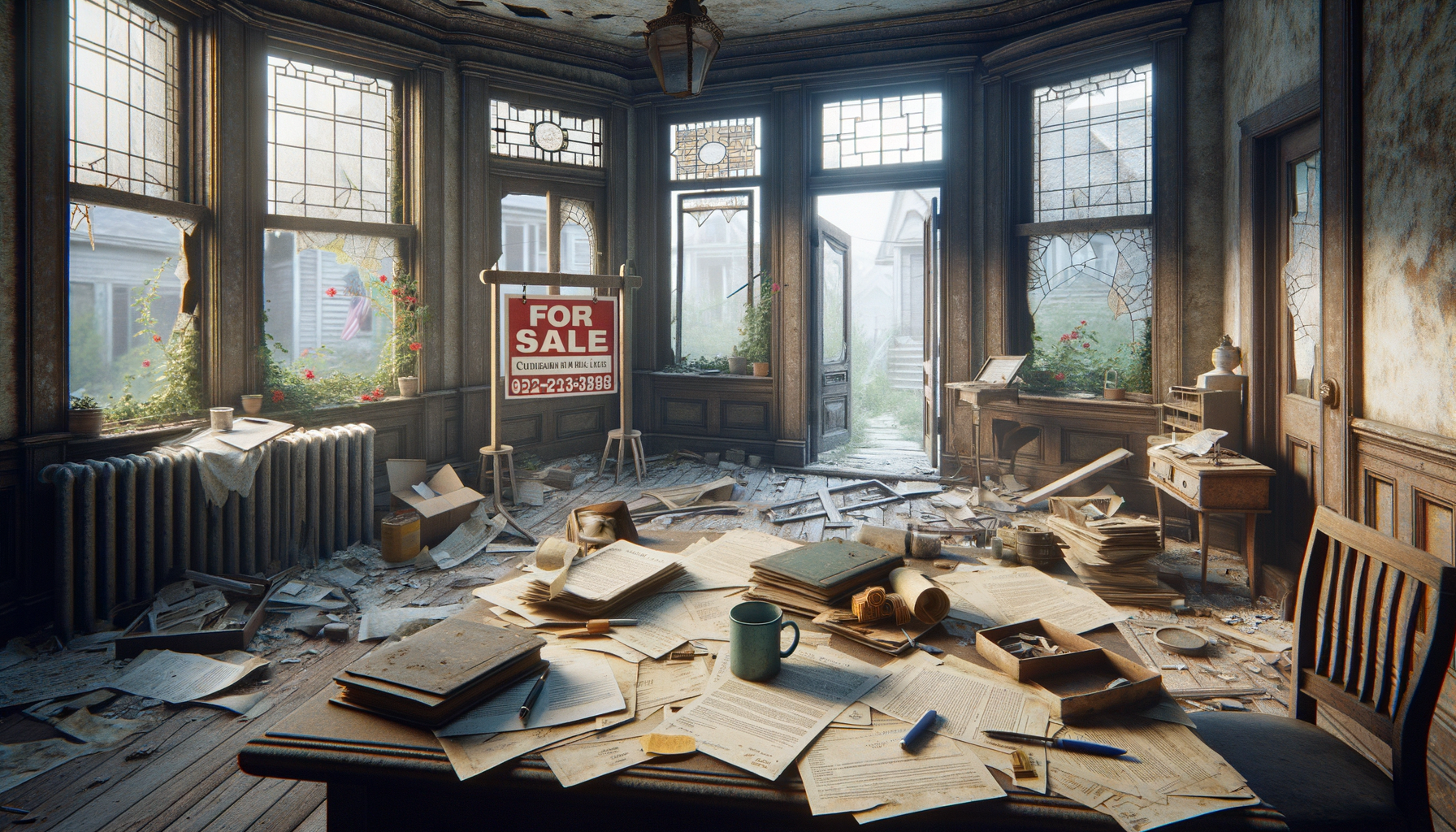Historical Background of Abandoned Homes
Abandoned homes, often shrouded in mystery, have a rich historical tapestry that spans centuries. These structures, once vibrant with life, now stand as silent witnesses to the passage of time. The reasons for abandonment are as varied as the homes themselves, ranging from economic downturns to natural disasters and shifting demographics. In the 19th century, for instance, the westward expansion in the United States saw many settlements rise and fall, leaving behind ghost towns with homes that were once filled with the hopes and dreams of pioneers. Similarly, the industrial revolution brought about rapid urbanization, leading to the desertion of rural areas as people flocked to cities in search of better opportunities. Each abandoned home carries with it a story of its time, offering a glimpse into the socio-economic conditions that led to its current state.
Legal Aspects Surrounding Abandoned Properties
The legal landscape of abandoned properties is complex and varies significantly across jurisdictions. These homes often fall into a legal gray area, where ownership is unclear, and maintenance responsibilities are neglected. In many cases, the original owners may have passed away without leaving a will, or the property might be entangled in lengthy probate proceedings. Local governments may step in to claim ownership through processes like adverse possession, where continuous and open occupancy can eventually lead to legal ownership. However, these processes are often fraught with bureaucratic hurdles and can take years to resolve. Additionally, abandoned homes can become a liability for municipalities, as they may attract vandalism, squatters, and other illegal activities, prompting legal actions to either rehabilitate or demolish the structures.
Real Estate Interest in Abandoned Homes
Despite their dilapidated state, abandoned homes have piqued the interest of real estate investors and developers. These properties often present unique opportunities for renovation and revitalization, offering the potential for significant returns on investment. In urban areas, abandoned homes can be transformed into modern living spaces, contributing to the gentrification of neighborhoods. In rural settings, they can be repurposed into vacation homes or bed-and-breakfast establishments. The allure of these properties lies in their often lower purchase price, which can offset the costs of renovation. However, investors must navigate a myriad of challenges, including securing clear titles, assessing structural integrity, and ensuring compliance with local zoning laws. The real estate market for abandoned homes is not for the faint-hearted but offers rewards for those willing to take on the risks.
Challenges and Opportunities in Revitalizing Abandoned Homes
Revitalizing abandoned homes is a venture filled with both challenges and opportunities. One of the primary challenges is the extensive repairs that these properties often require. Over the years, neglect can lead to structural damage, making renovations costly and time-consuming. Additionally, securing financing for such projects can be difficult, as lenders may be hesitant to invest in properties with uncertain futures. However, the opportunities are equally compelling. Revitalized homes can breathe new life into communities, increasing property values and attracting new residents. Moreover, they offer a chance to preserve historical architecture, maintaining the cultural heritage of an area. Successful revitalization projects often involve collaboration between private investors, local governments, and community organizations, working together to overcome obstacles and achieve a shared vision for the future.
Future Prospects for Abandoned Homes
Looking ahead, the future of abandoned homes holds both promise and uncertainty. As urban populations continue to grow, the demand for housing is likely to increase, potentially leading to the redevelopment of abandoned properties. Technological advancements in construction and renovation techniques could make it more feasible to restore these homes to their former glory. Furthermore, there is a growing awareness of the environmental impact of new construction, prompting a shift towards sustainable development practices that prioritize the reuse of existing structures. However, the future also hinges on economic factors, such as interest rates and housing market trends, which can influence the viability of investing in abandoned properties. Ultimately, the fate of these homes will depend on a delicate balance of innovation, investment, and community engagement.




Leave a Reply